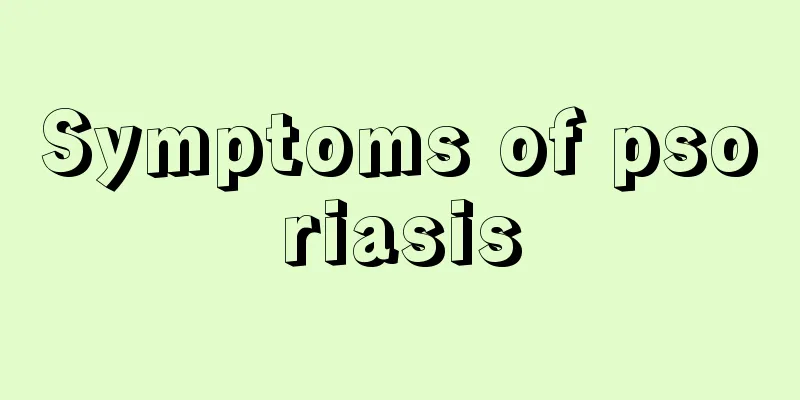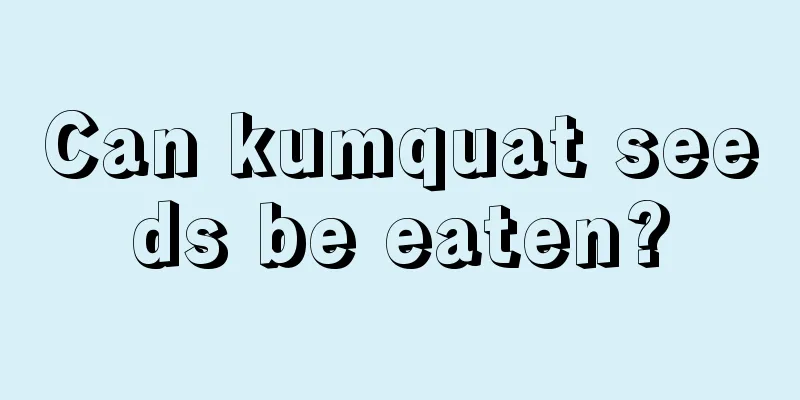Can kidney stones be treated if they are in the kidneys?

|
When it comes to stones, the two parts of the body most prone to stones are kidney stones and urinary tract stones. Since the kidneys and urinary tract are both important organs in the urinary system, there is a certain connection between kidney stones and urinary tract stones. If the kidney stones are too large, lithotripsy is required to fundamentally solve the pain symptoms caused by kidney stones to the patient. But can lithotripsy be performed while the kidney stones are still in the kidney? 1. Does the crushing of the solid in the kidney harm the kidney? When extracorporeal lithotripsy is used to treat kidney stones, the huge shock wave will affect the kidneys. The huge shock wave generated during extracorporeal lithotripsy can be said to be a double-edged sword. Although it can break up the stones, it also causes harm to the human kidneys. It often occurs at the junction of the kidney cortex and medulla, often causing small blood vessels to rupture and bleed. The more shocks there are and the higher the frequency, the greater the damage to the kidneys. The stones produced after extracorporeal shock wave lithotripsy can easily become lodged in the kidneys, thus causing renal failure. If lithotripsy causes obstruction, water will accumulate above the obstruction. There are many bacteria and toxins in the water. If it is not discharged for a long time, the kidney function will be damaged. In severe cases, it will cause renal failure, uremia and other serious diseases, endangering the patient's life. After extracorporeal shock wave lithotripsy, if the stones cannot be discharged from the body in time, it is easy to form stone streets, which will have a serious impact on kidney function and even cause the loss of all kidney function. If a large amount of gravel is piled up into a stone street, it will hinder the excretion of urine. If it is not treated for a long time, the kidney will become a large sac without any function. 2. Common treatments for kidney stones Surgical treatment: Pyeliotomy and lithotomy are selected according to different conditions. This technology is relatively early and backward. Lithotripsy: Extracorporeal shock wave lithotripsy causes little damage to the human body and is reversible. It does not require intervention in the body and avoids surgical trauma. It is suitable for stones with a diameter of more than 0.5 cm, multiple stones, and stones that are easy to break. Lithotripsy is not recommended for kidney stones nowadays. Litholytic treatment: taking medication, drinking plenty of water, adjusting urine pH, controlling diet, etc. Suitable for patients with urate and cystine stones and stones with a diameter less than 0.4 cm. Fiber nephrolithotomy: This technology is one of the most advanced stone removal technologies in the world and is as simple as a gastroscopy. It enters the kidney through the urethra and ureter and can reach any position of the urinary system, removing kidney stones directly from the body without invasively. No wound is required and no harm is caused to the human body. The treatment time is short, the treatment effect is good, and there will be no recurrence after surgery. 3. Other treatments for kidney stones Drink plenty of water. Drinking warm boiled water or magnetized water regularly can not only increase urine volume, promote flushing of the urinary tract and accelerate the movement of stones downward, but also dilute the patient's urine, alleviate the precipitation of crystals, and effectively control the disease. Chinese herbal medicine treatment. The Chinese herbal medicines commonly used to treat kidney stones include Centella asiatica, Lycopodiella ciliata, Dianthus superbus, Platycodon grandiflorum, Plantago asiatica, Akebia trifoliata, Talcum, Gallus gallus domesticus and Glehnia littoralis. The usage and dosage can be adjusted appropriately according to the patient's actual condition. Acupuncture method. Acupuncture or electroacupuncture at the kidney point, bladder point, Sanyinjiao, Zusanli, Shuidao, Tianshu and other points can promote the slow movement of the renal pelvis and ureter, which can help the excretion of stones. The patient may also frequently engage in jumping movements. You can also do an inverted posture for stones in the lower calyx of the kidney. Doing this exercise regularly can also effectively help the stones be expelled from the body. |
<<: Does strong smell of urine during pregnancy mean I’m having a boy?
>>: Do kidney stones grow fast?
Recommend
What causes knee pain? What to pay attention to
In the early stages of knee pain, people don'...
Necessary items to bring when traveling
The living standards of modern people have greatl...
Is non-stick pan poisonous?
In our lives, many of our friends still have iron...
What are the effects of purple grass antler
Lithospermum officinale is a very famous Chinese ...
How should lung cancer patients exercise?
How should lung cancer patients exercise? Many lu...
Don't squat in this place when you go to the toilet
There are many small details in life. If you do t...
How much does lymphoma surgery usually cost?
Lymphoma is mainly found in the swollen lymph nod...
Can I drink water on an empty stomach?
Water is the source of life. Many people can corr...
The efficacy and function of almond water
Every year when apricots are ripe, many middle-ag...
Is melanoma really incurable?
Melanoma is a tumor caused by melanocytes in the ...
Dizziness when sleeping
When sleeping, people's bodies are in a state...
Can patients with endometrial cancer get pregnant?
Endometrial cancer is one of the three major mali...
These are some of the diagnostic methods for rectal cancer
Hello everyone, today we will introduce to you so...
Henoch-Schonlein purpura nephritis
Henoch-Schonlein purpura nephritis is a common ty...
Can colon cancer metastasized to the lungs be cured?
In the late stage of colon cancer, metastasis sym...









